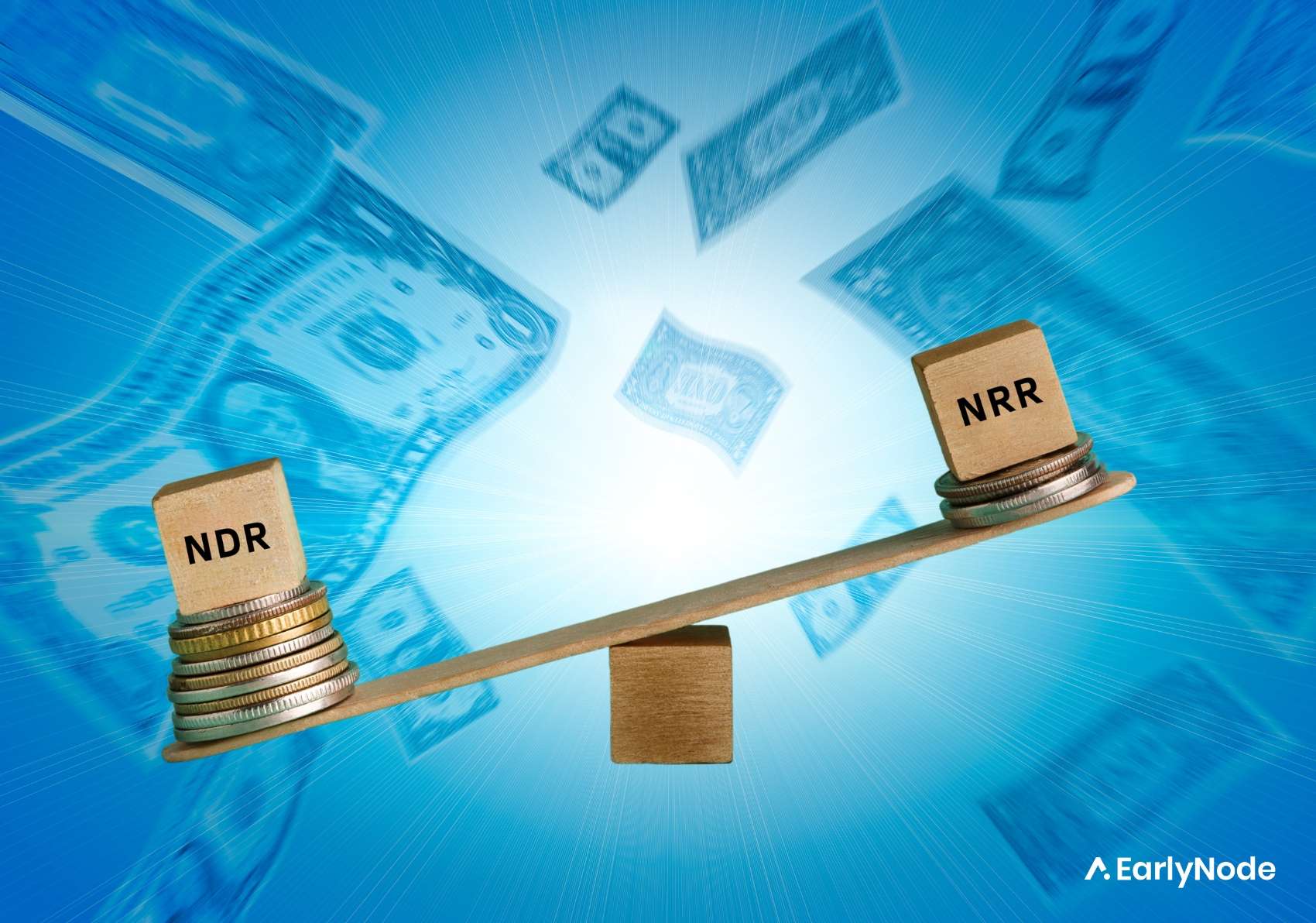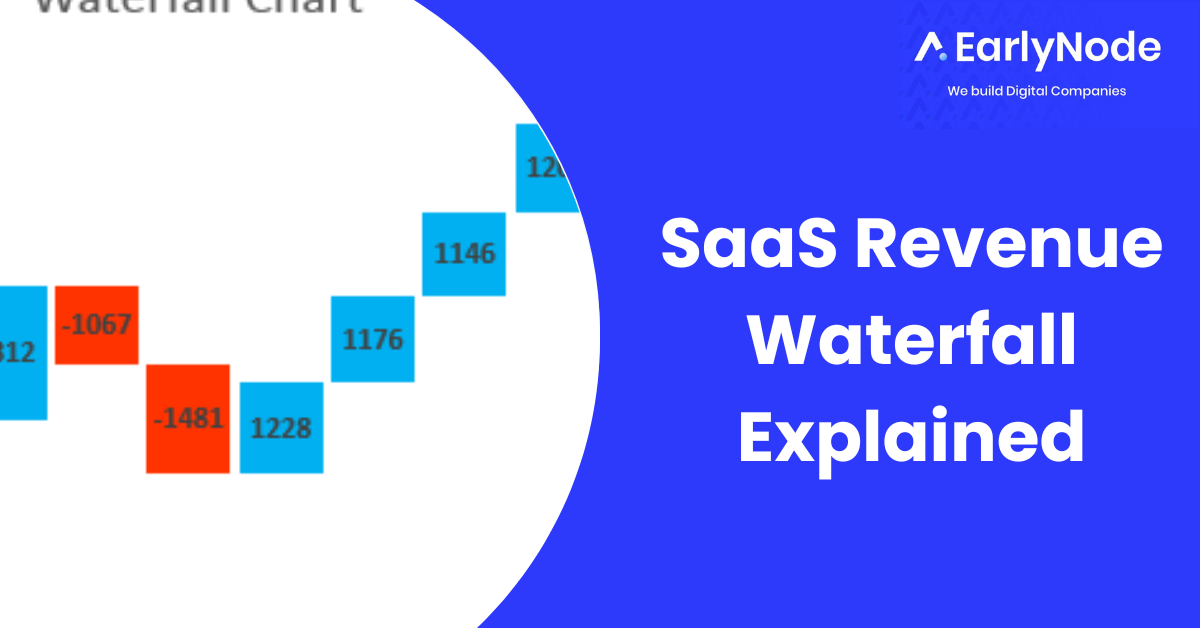How to Implement Price-To-Win strategy in SaaS

Price is crucial for enterprise customers in choosing who they buy a product from. As a result, some enterprise SaaS businesses play ‘the losing game.’ They bid with the lowest price to entice customers, which also means cutting corners to make their product and accompanying services cheaper. This might include hiring less experienced staff, or skimping on customer service, essentially losing something in the long run; money, reputation, or both. That’s where price-to-win comes in.
If your SaaS company mainly sells to enterprise companies, pricing-to-win is a strategy you can use to create a win-win situation. It represents the price you offer a customer that you think will adequately satisfy their needs and make you successful against your competitors. With this model, you don’t price only with your costs in mind. You need to be more strategic. If you want the best way to price your enterprise SaaS deals, read more about this price-to-win strategy below.
How to Implement a Price-To-Win strategy
There are a few different ways to implement price-to-win. The most important thing for you as an Enterprise SaaS business is clearly understanding your costs and what your competitors are likely to bid. Here are a few tips:
Know your costs inside and out.
This means clearly understanding every single cost associated with your product or service. In SaaS, your highest costs are often your Customer Acquisition Costs (CAC), but you must factor in other costs, like salaries, software licenses, hosting, and even office supplies. The more accurately you can track these costs, the better.
Research your competition.
Take some time to learn about your competitors and what figure they’re likely to bid. If you have any previous experience working with them, that will be especially helpful. If not, try conducting online research or reaching out to industry experts for insights.
Understand the RFP requirements.
This is especially useful for SaaS companies that carry out a lot of implementation services. Have a solid grasp of what the RFP is asking for before you start putting together your bid. Some basic requirements clients expect you to take note of are:
- A detailed description of the project.
- Preferred systems, tools, or materials
- Project deadline, along with precise dates and milestones.
The last thing you want is to put together a great bid only to realize that it doesn’t meet the RFP requirements!
Utilize price analysis tools.
Several software programs and other resources can help you predict pricing trends and understand what your competitors are likely to bid. Doing your due diligence on these tools will pay off in the long run. Iris Pricing Solutions and Netrivals are two good examples you can use.
Set baseline and parameters
From the get-go, communicate clearly with your potential customer. You need to gather all the necessary information to establish a baseline to start from. So don’t be afraid to ask the client questions like: ‘What is your budget for this SaaS Tool?’ or ‘Who in procurement can we work with to discuss the invoicing?’ Why do you need to ask? Your team will be relying on assumptions and estimations which aren’t always accurate.
Once you clearly understand your costs, your competition, and the RFP requirements, you can put together your competitive figure. No one-size-fits-all formula for this; it will depend on your specific industry, product, or service. But there are a few key factors to keep in mind:
• Your profit margins
• Your competitive landscape
• The size of the contract
• The risk involved in taking on the project
Conclusion
All businesses want to maximize profits and minimize losses — strategic pricing is one way to achieve this. Your goal is to be profitable — so don’t sacrifice profitability to close new deals. When you understand price-to-win strategies, you can win more contracts ahead of your competition while staying in the black.




